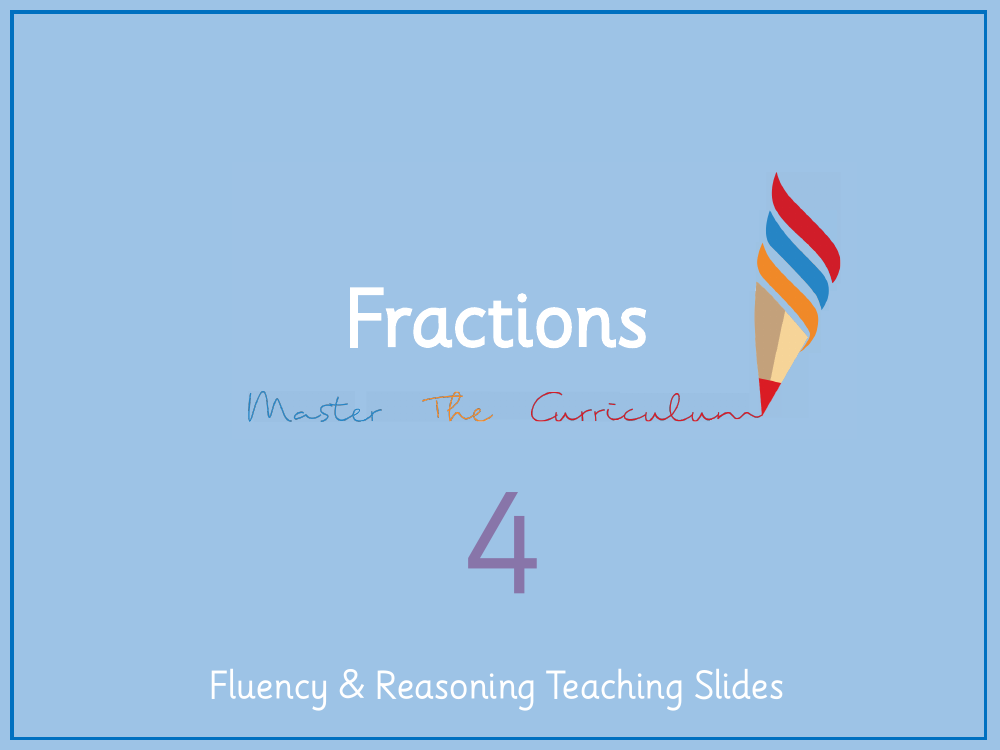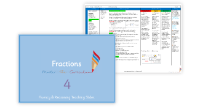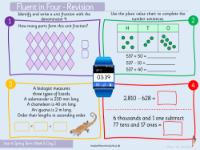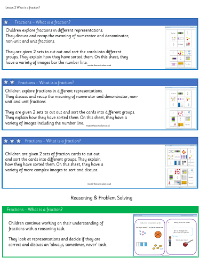Fractions - What is a fraction - Presentation

Maths Resource Description
A fraction represents a part of a whole or, more generally, any number of equal parts. When spoken about in a presentation, the concept of a fraction is explained as a mathematical expression that divides an entity into a number of equal parts. Each fraction consists of a numerator, which is the number above the line, and a denominator, which is the number below the line. The numerator indicates how many parts are being considered, while the denominator denotes the total number of parts that make up the whole. The presentation would likely include visual aids to help illustrate these points, showing fractions in the context of shapes like circles or rectangles divided into equal parts, as well as in numerical form.
In the presentation, the fundamental principles of fractions are discussed, such as equivalence, simplification, and comparison. Equivalence refers to different fractions that represent the same proportion of a whole, while simplification is the process of reducing a fraction to its simplest form, where the numerator and denominator have no common factors other than one. Comparison involves understanding which of two fractions is greater or smaller, which can be determined by converting them to a common denominator or by cross-multiplication. The presentation would aim to provide a clear and concise understanding of what a fraction is and how it functions within the realm of mathematics, using examples and interactive elements to engage the audience and enhance comprehension.




